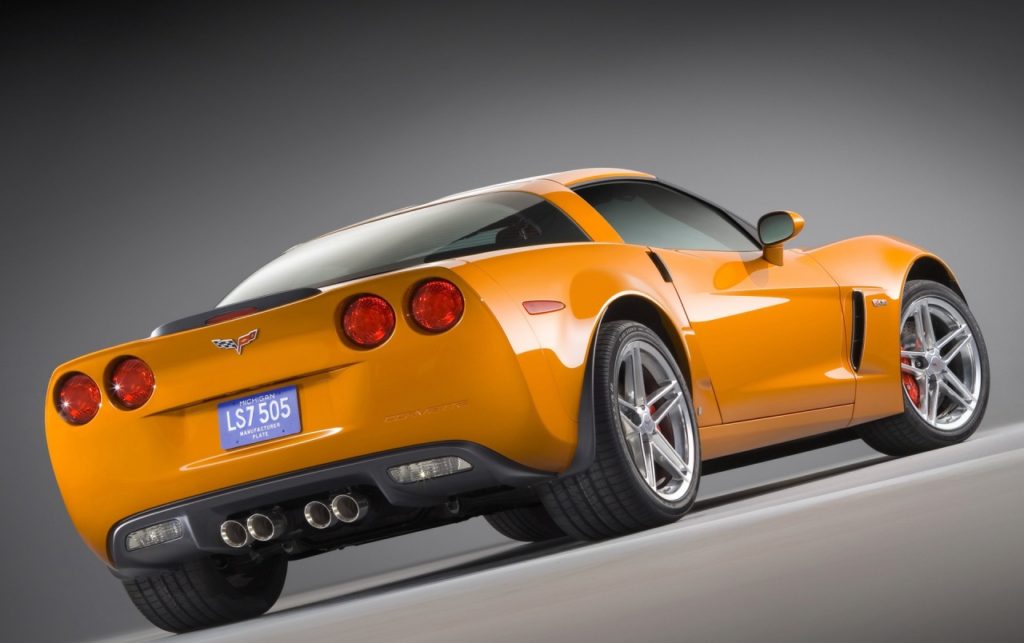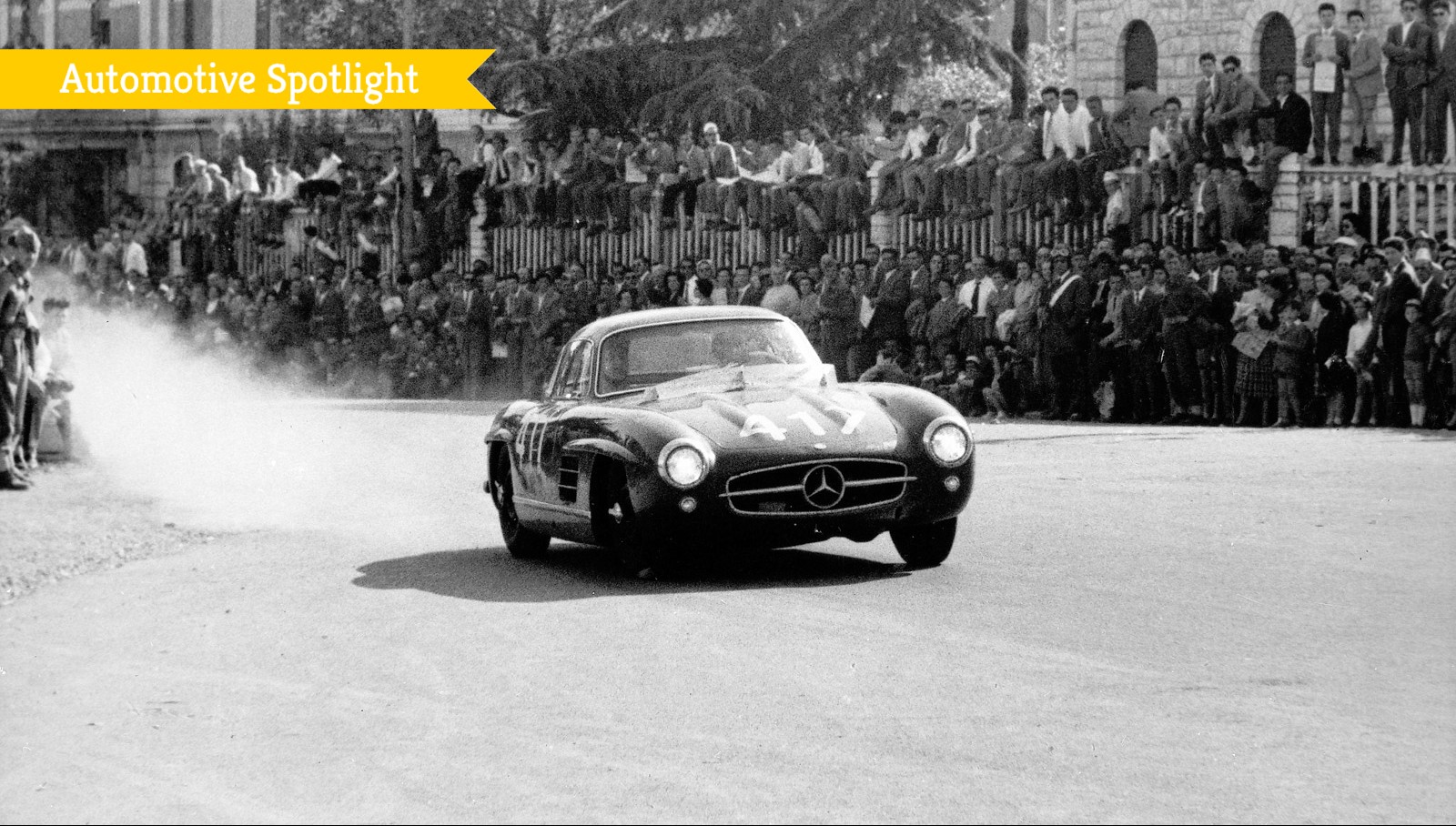
Take a look at a 1962 Ferrari 250 GTO, then a 1997 Chevrolet Corvette, now a 2006 Honda Insight, consider then the 1970 Citroen SM, and finally, look at Audi’s 2017 A7. Take all of those cars and evaluate their most significant design commonality – the rear fascia. Each of these automobiles, a spread across fifty-five years, all share a rear design element known as the Kammback or Kamm tail. It is a shape discovered during those dark and primitive days of early aerodynamic testing in the 1930s which significantly improved sports and racing car performance. Even today, it is a simple yet brilliant concept that improves the high-speed handling and efficiency of a car.

As long swept tails (prevalent during the 1920s and 1930s) began to become unstylish and impractical, auto designers in Germany had been working on a solution. By utilizing the newest working aerodynamic theories developed by his engineering peers, Wunibald Kamm, a professor at Stuttgart University, and Baron Reinhard von Koenig-Fachsenfeld, an aerodynamicist, discovered that by abruptly ending a vehicle’s tail airflow smoothed out and drag increased minimally. In 1938, Kamm and company took a BMW 328 and introduced several aerodynamic enhancements, which when tested validated their ideas by considerably reducing the drag coefficient.

With the theory confirmed but a world war looming, it was not until the fifties that racing cars slowly began to employ these benefits Kamm pioneered. However, in the world of motorsports, one team’s successful season designs are quickly copied. By the mid-sixties, Ford’s GT40, Ferrari’s 365 Dayton, Shelby’s Daytona, Aston Martin’s DB6, and many more had brandished the Kammback in front of their competitors. In the seventies, aerodynamic research flourished and many drag-reducing alternatives were discovered. Consequently, those advancements have contemporarily liberated designers from its necessary use, although it is regularly implemented. However, in the early days of motorsports, Kamm and Koenig-Fachsenfeld were groundbreaking revolutionaries in the search for high-speed stability.
Christopher Fussner is the Editor-in-Chief here at WOB Cars and MotoringHistory.com. He writes at his home in Los Angeles, manages a car collection, has a genuine passion for cars and racing, a love of Star Wars, and his favorite dinosaur is Carnotaurus. Did we just become best friends?




